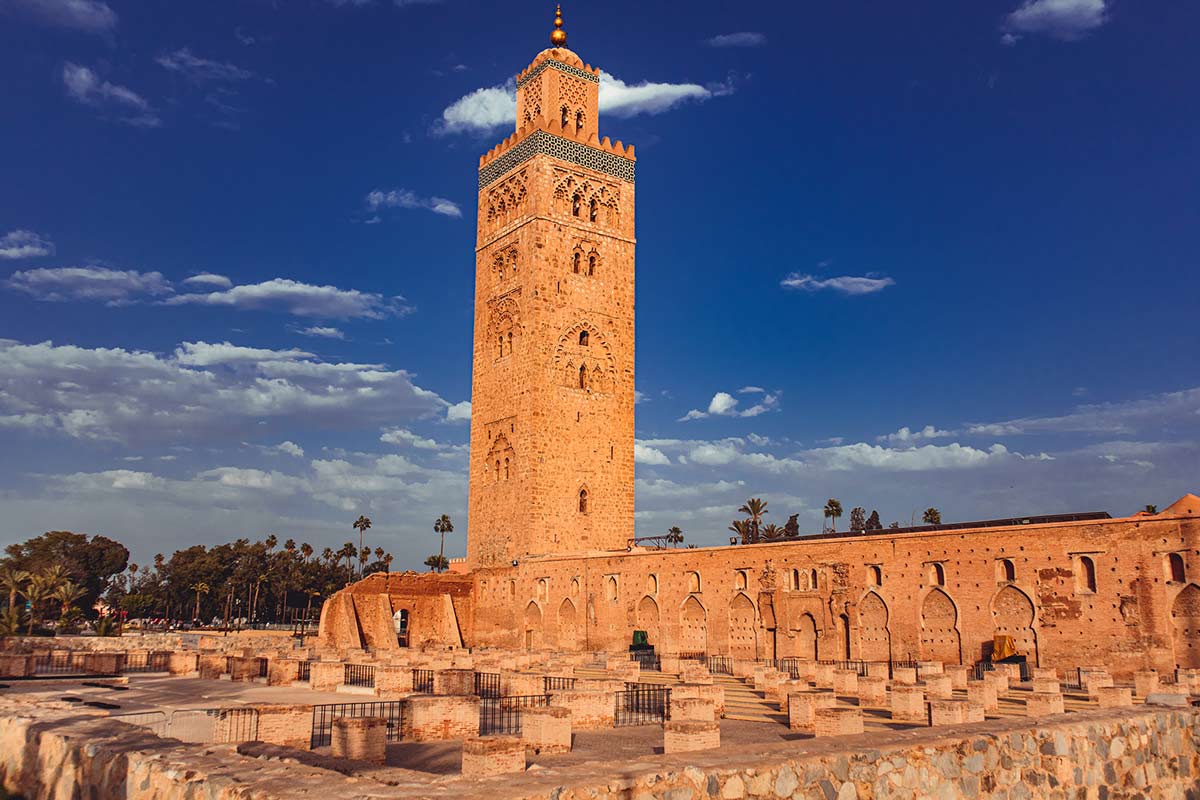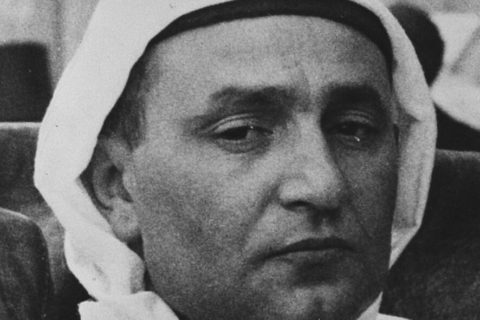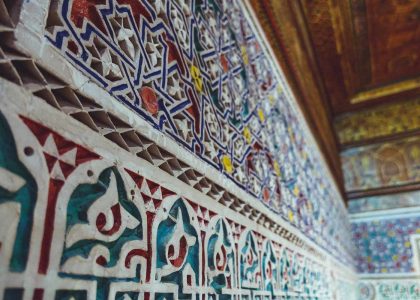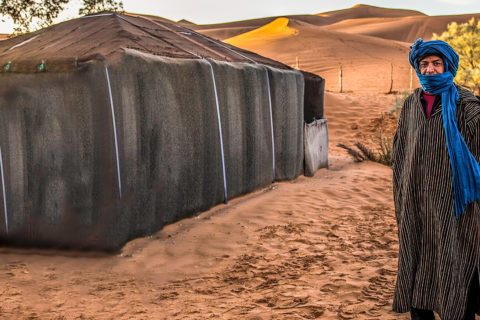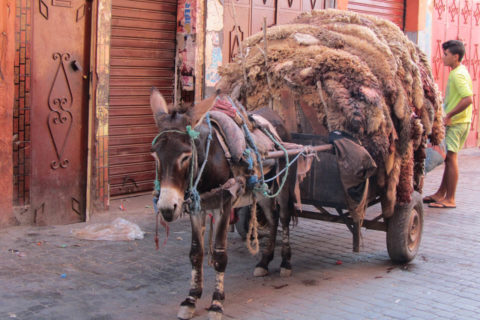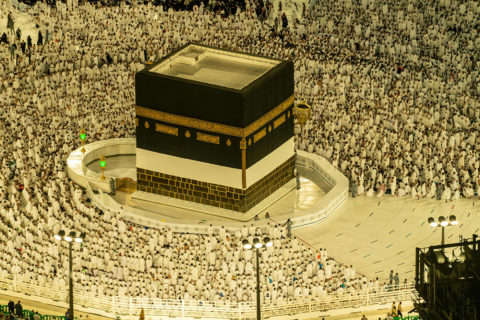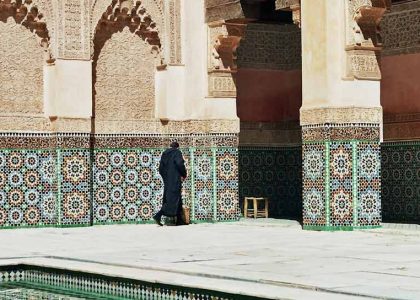The Imazighen, also known as the Berbers, are the indigenous people of North Africa and have played a fundamental role in shaping Morocco’s culture and history. This article explores their millennia-old heritage and their significant place in modern Moroccan society.
The Imazighen (as they call themselves) have a history stretching back thousands of years. Their roots trace deep into prehistoric times, with their presence in North Africa well-documented since antiquity. Long before the Arabs arrived in the 7th century CE, the Amazigh had already established powerful kingdoms and developed a distinct culture. From the Mediterranean coast to the depths of the Sahara, they shaped North Africa’s landscapes, adapting to diverse environments.
Today, the Imazighen form a vital part of Morocco’s population, estimated at up to 70%. However, precise numbers are difficult to determine due to the fluid boundaries between Amazigh and Arab identities. Their language, Tamazight, gained official recognition alongside Arabic in Morocco’s 2011 constitution.
In rural areas, particularly in the mountains, entire villages still speak Tamazight as their first language. Meanwhile, in cities, many Berbers preserve their cultural identity while using Arabic or French in daily life.
Contents
“Berber” vs. “Amazigh”
The term “Berber” comes from the Greek and Latin term barbarus, which originally meant “foreigner” or “uncivilized”. Over time, colonial powers adopted this name, and it took on a negative connotation.
Many reject this label as colonial and racist, preferring “Amazigh” (plural: Imazighen), meaning “free people” or “noble people”. This choice reflects a reclaiming of cultural identity and is central to North African identity politics. The modern Amazigh movement advocates for the recognition and protection of their language, heritage, and rights. Using “Amazigh” is increasingly seen as a sign of respect.
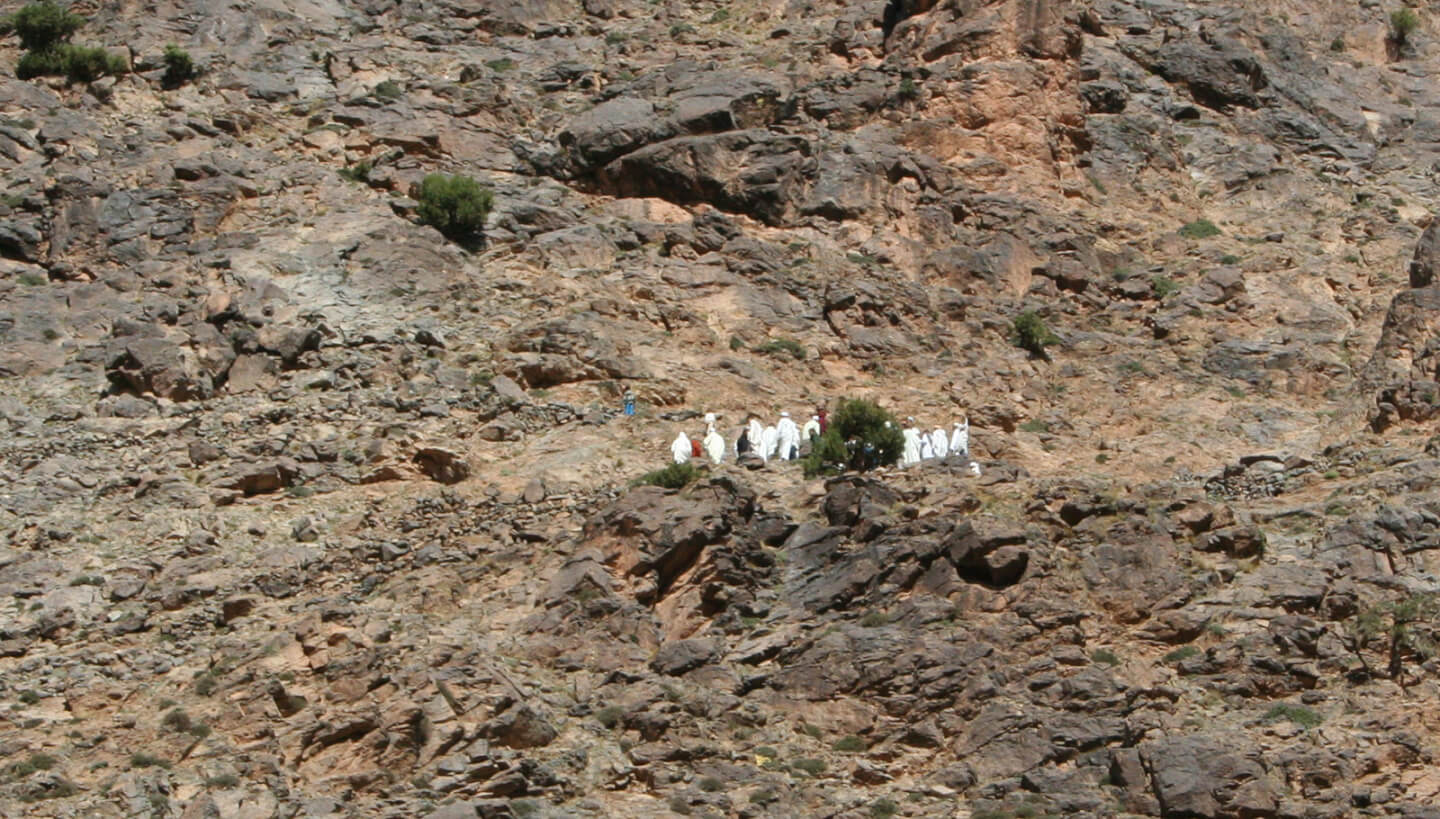
History of the Berbers in Morocco
The history of the Imazighen in Morocco is deep and diverse. Archaeological evidence shows that the region has been inhabited for at least 400,000 years. In ancient times, the Berbers had contact with Phoenicians, Romans, and Vandals before the Islamic conquest in the 8th century. Although many Berbers adopted Islam, they kept many of their own customs and established powerful dynasties like the Almoravids and the Almohads. These empires ruled over large parts of North Africa and even extended into Spain (Al-Andalus).
The Almoravid dynasty, which emerged in the 11th century, had a lasting impact. They founded Marrakesh as their capital and were the first to politically unite the Maghreb and Al-Andalus. While the Berbers embraced Islam, they often developed their own interpretations and integrated elements of pre-Islamic traditions.
During colonial times, the role of the Berbers was complex. French and Spanish powers often used them as a tool against the Arab population. After Morocco’s independence in 1956, many Berbers found themselves politically and culturally marginalized, as the new state promoted a strongly Arab identity.
Where do the Berbers live in Morocco?
The Imazighen are spread across a variety of landscapes, from remote mountain villages to bustling urban neighborhoods. The Atlas Mountains—including the Middle Atlas, High Atlas, and Anti-Atlas—are home to many Berber communities. These regions have preserved rich cultural traditions and languages. In the Rif Mountains in northern Morocco, people speak Tarifit, a distinct Berber dialect.
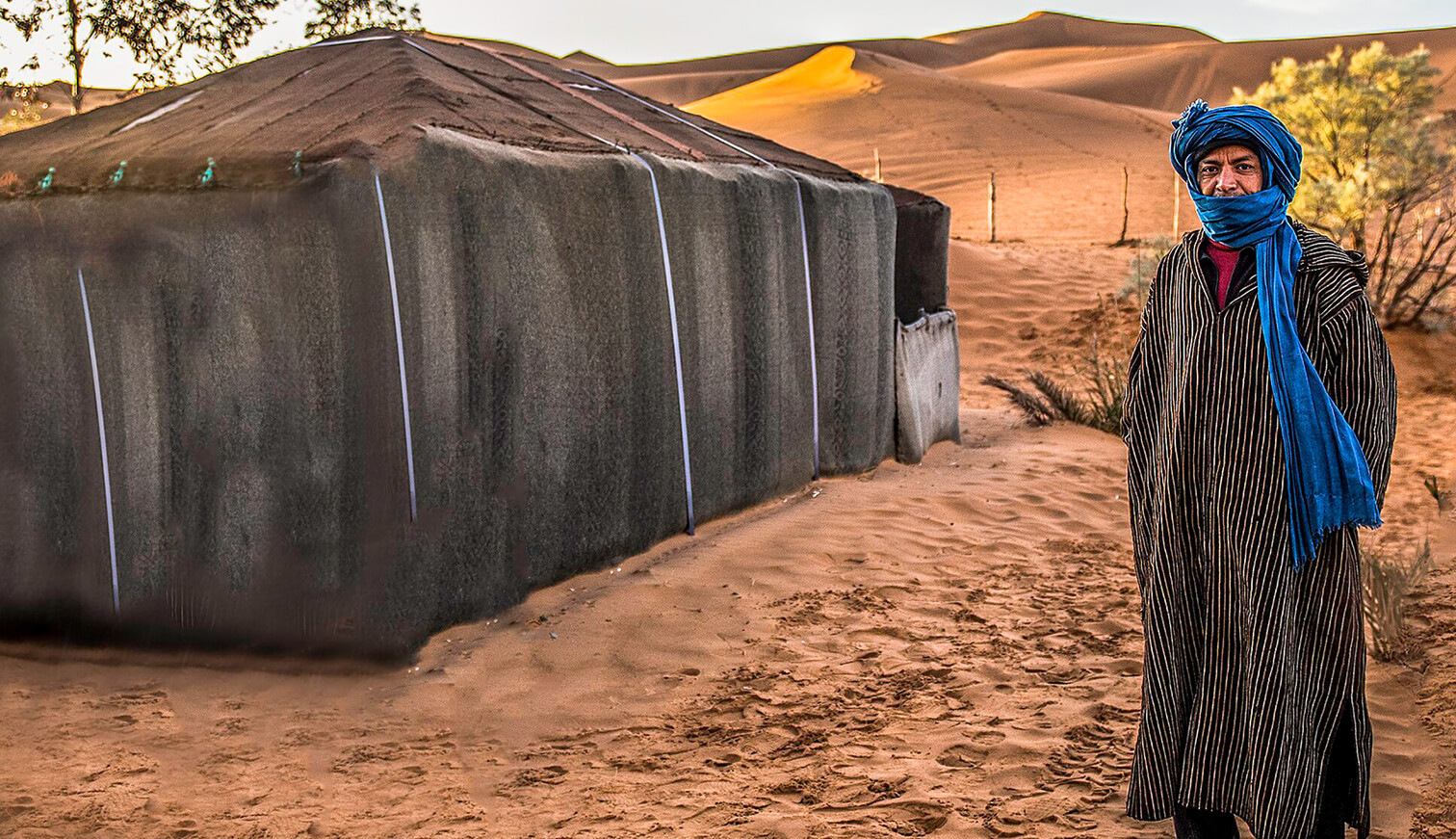
The Souss Valley in the southwest is another important cultural center. Tachelhit, one of the most widely spoken Berber languages, is common in this region. In recent decades, many Berbers have migrated to cities like Casablanca, Rabat, and Marrakesh, where they often settle in specific neighborhoods and continue to celebrate their heritage.
The Berber language (Tamazight)
The geographical spread of the Imazighen reflects their linguistic diversity. While Tarifit is spoken in the north, Tamazight is common in the Middle Atlas, and Tachelhit dominates the south. This diversity enriches Moroccan culture but also presents challenges when it comes to standardizing the language.
Tamazight belongs to the Afro-Asiatic language family and is spoken by an estimated 30 to 65 million people. In Morocco, more than half of the population speaks a Berber language. Since the constitutional reform of 2011, Tamazight has been recognized as an official language alongside Arabic—a major step forward for the cultural and political recognition of the Berbers.
The traditional Amazigh script, Tifinagh, has also made a comeback. It’s now taught in schools and used in public signage, even though Latin and Arabic scripts are still in use. The oldest known Tifinagh inscriptions date back to around 200 BCE. Today, the language is increasingly visible in education and the media, helping to preserve and promote Amazigh culture.
Imazighen and Islam
The relationship between the Berbers and Islam is layered and complex. Although Islam began spreading throughout North Africa in the 7th century, it took centuries to fully take root. The Berbers embraced Islam, but often incorporated pre-Islamic traditions, resulting in a distinctive religious blend.
One example of this fusion is the veneration of marabouts—local saints whose tombs became pilgrimage sites. These practices combine Islamic beliefs with older Berber customs. The “Seven Saints of Marrakesh”, a pilgrimage route established in the 17th century, is a perfect example of how Amazigh and Islamic traditions merged into something new.
Other celebrations, such as Yennayer, the Amazigh New Year, clearly have pre-Islamic origins but are now widely celebrated within an Islamic cultural context. This blending of traditions shows the Berbers’ flexibility and cultural resilience.
Currently, Morocco is engaged in an active discussion about how to harmoniously balance Berber identity and Islamic faith.
Cultural revival and challenges
In recent years, the Berbers of Morocco have experienced a cultural renaissance. Amazigh music, literature, and visual arts have grown in popularity. The Amazigh Culture Festival in Fez, for example, attracts thousands of visitors each year. Media outlets now offer TV and radio programming in Berber languages.
Despite these positive developments, challenges remain. Many rural Berber communities continue to face economic hardship and lack adequate infrastructure. Debates about cultural and political tensions between Arab and Berber identities continue to spark across the country.
The Amazigh movement in Morocco advocates for greater recognition and, in some cases, for regional autonomy. Since King Mohammed VI took the throne in 1999, several initiatives have been launched to support the integration of Berber culture. These include the establishment of the Royal Institute of Amazigh Culture. While many view these steps as progress, some activists believe they are insufficient.
Conclusion on Berbers of Morocco
The Amazigh are the foundation of Moroccan identity, and their history enriches the present. While their culture is now celebrated, achieving full equality remains a work in progress. Travelers can gain a deeper understanding of Morocco’s soul by engaging with Amazigh heritage, whether through language, festivals, or visits to Atlas villages.

